Introduction
Strainsense supply and manufacture a wide range of sensor solutions for monitoring a wide range of Civil and Structural applications. We understand that no application is the same, each environment changes and so should the sensor to withstand with that environment. Over years, we have developed comprehensive technology solutions for the measurement of Position, Inclination, Vibration, Pressure, Force and Strain.
- Bridge Structures & Viaducts: Deck vibration, pylon sway, bridge strike, defects cracking/bearings, jacking
- Buildings: Vibration, stability, fatigue, seismic
- Renewables: Monopile stability, gearbox vibration, cable inclination/sway
- Dams and Flood Defences: Strain, fatigue, water level
- Rail Infrastructure/Tunnels: Track deflection, seismic, cracking/bearings
Position Sensors - Linear Position
Position sensors are essential in civil and structural engineering, providing critical data into infrastructure health. Linear sensors monitor displacement and movement, offering real-time data on structural dynamics. These sensors play a key role in assessing bridges, buildings, and other structures, enabling engineers to detect issues such as movement, cracks or misalignments.
LINEAR POTENTIOMETERS
|
MS-19M Stocked/Heavy Duty
- Ranges: 0-25mm to 0-450mm
- 19 mm diameter housing
- Rugged construction
- Sealing options to IP67
- 4-20mA output option
|
![]() |
MS-19SRA Spring Return
- Ranges: 0-150mm
- 19mm diameter housing
- Rugged construction
- Sealed to IP65
- 4-20mA output option
|
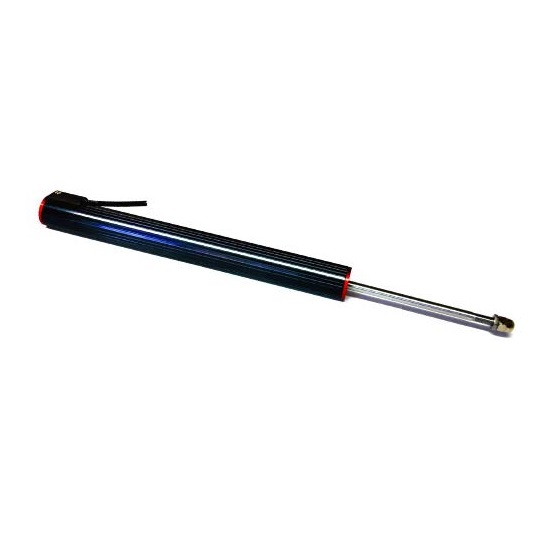 |
|
MS-13 Standard
- Ranges from 0-25mm to 0-250mm
- 13 mm diameter housing
- Rugged construction
- Sealed to IP67
|
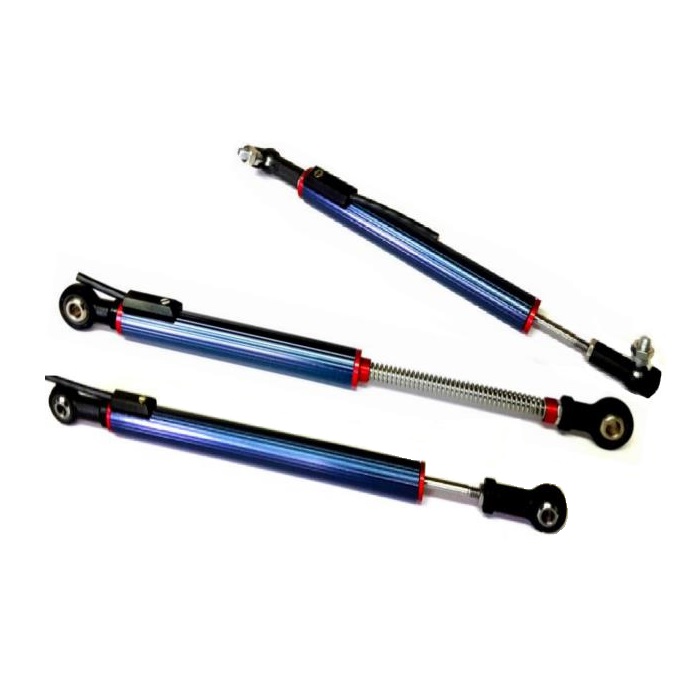 |
MS-94 Restricted Spaces
- Ranges: 0-12.5mm to 0-175mm
- 9.4 mm diameter housing
- Low Mass, rugged construction
- Sealed to IP67
- Custom 4-20mA amplifier module
|
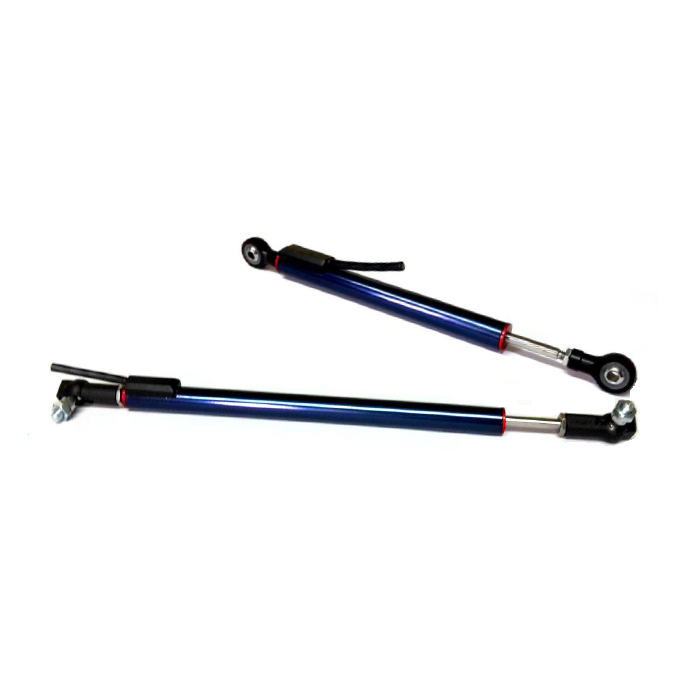 |
LVDTS
|
IGDT Spring Return
- Ranges: 2mm to 20mm
- Output voltage or 4-20mA
- 0.5% linearity as standard
- IP65 with options to IP68
|
![]() |
IKDT Slimline Performance
- Ranges: 2mm to 20mm
- Output 0-5 or 0-10 VDC
- 0.3% linearity (option 0.1%)
- Ingress Protection IP65
|
![]() |
|
ISDG Rod Ends
- Ranges: 2mm to 200mm
- Output voltage or 4-20mA
- 0.5% linearity as standard
- IP65 with options to IP68
|
![]() |
Â
|
 |
STRING POTENTIOMETERS
|
CD-60 Ruggedised
- Ranges up to 1,500mm
- Output voltage or 4-20mA
- ±0.10% linearity option
- IP67 option
|
 |
CD-80
- Ranges up to 2,000mm
- Output voltage or 4-20mA
- ±0.10% linearity option
- IP67 option
- Heater module for low temp option
|
 |
|
Draw-wire extensions available to utilise the full range of the string pot but spanning a larger distance. The CD-60 & 80 are designed for these extensions by having a stronger spring force & cable thickness. Solutions up to 50 metres.
|
Main Applications...
- Structural Health Monitoring (SHM)
- Building Settlement Monitoring
- Structural Testing and Load Monitoring
- Wind Turbine Blade Monitoring
- Bridge Expansion Gaps
- Bridge Deflection Monitoring
- Dams and Levees Monitoring
- Tunnel Monitoring
- Bridge Monitoring
Postion Sensors - Inclinometers
Inclinometers, hold a significant role in the monitoring stability, structural tilting, and angular deviations. These versatile devices are employed in various scenarios, ranging from analysing the stability of retaining walls and embankments to monitoring the tilt of structures and foundations. Inclinometers provide precise data on angular changes, aiding engineers in understanding and addressing potential issues related to structural integrity and stability.
INCLINOMETERS
|
LCA Industrial
- Ranges: ±10° to ±180°
- Output voltage or 4-20mA
- Accuracy to 0.1 degrees
- High shock resistance
- Generic mechanical angle positioning
|
![]() |
SCA Standard
- Ranges: ±5° to ±90°
- Output voltage or 4-20mA
- Accuracy to 0.02 degrees
- High shock resistance
- Automated angle position feedback
|
![]() |
|
ACA Precision
- Ranges: ±2° to ±30°
- Output voltage or 4-20mA
- Accuracy to 0.002 degrees
- High shock resistance
- Suited for monopile and foundation monitoring
|
![]() |
PCA Ultra Precision
- Ranges: ±5° to ±60°
- Digital Modbus/RS-485
- Accuracy to 0.002 degrees
- High shock resistance
- Suited for monopile and foundation monitoring
|
![]() |
Main Applications...
- Slope Stability Monitoring
- Excavation and Tunnelling
- Dams and Levees Monitoring
- Building Settlement Monitoring
- Pile Monitoring
- Retaining Wall Inclination
- Bascule Bridge Control
- Flood Defence Controls
Accelerometers
Accelerometers are integral components in civil and structural engineering, playing a vital role in monitoring and analysing dynamic forces and oscillations within structures. In structural health monitoring applications, vibration sensors provide real-time data on a structure's response to dynamic loads, helping engineers assess its resilience and identify potential issues. Using DC Accelerometers, velocity and displacement can be analysed.
ACCELEROMETERS
|
ECO-CS SERIES
- ±2g to ±40g dynamic ranges
- Frequency DC to 1000 Hz
- High EMC immunity IP67
- Low Noise 4-20mA output
|
 |
CS-LN SERIES
- ±2g to ±50g dynamic ranges
- Frequency DC to 2000 Hz
- Ingress protection IP67
- Low Noise 4-20 mA output
|
![]() |
|
EQ SERIES
- ±3g and ±5g dynamic ranges
- Frequency DC to 2000 Hz
- Built in self test option
- Seismic & foundation monitoring
- Ultra low noise - differential voltage output
|
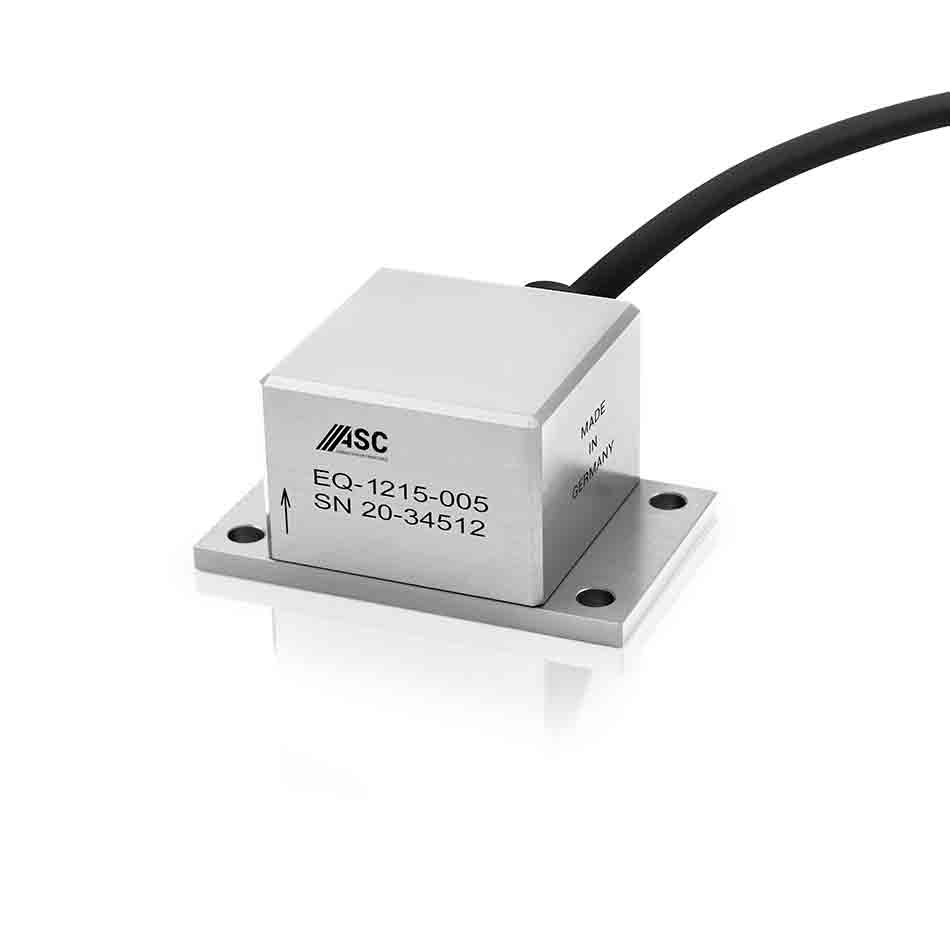 |
LN SERIES
- ±2g to ±400g dynamic ranges
- Frequency DC to 2000 Hz
- Ingress protection IP67
- Differential voltage output
|
![]() |
|
ECO SERIES
- ±2g to ±40g dynamic ranges
- Low current consumption
- Differential voltage output
- IP68 submersible
|
 |
 |
 |
Main Applications...
- Structural Health Monitoring (SHM)
- Bridges and Overpasses Monitoring
- Tall Building Monitoring
- Seismic Monitoring
- Wind Turbine Vibration Monitoring
- Railway Track Monitoring
- Tunnel Vibration Monitoring
Quartz Servo Accelerometers
Quartz servo accelerometers are gravity referenced closed loop devices which offer the highest accuracy and stability over time. These sensors are used for Modal, Seismic or Strike monitoring applications such as bridges, tunnels or viaducts. The sensors are supplied as Single, Biaxial or Triaxial, use a precision machined frame to ensure precise axis alignment referenced to the mounting face.
QUARTZ SERVO ACCELEROMETERS
|
QBA-1 Single Axis
- Single axis Quartz SERVO based accelerometer designed for civil & structural applications
- ±2g, 4g & 30g range options
- Supply 10 to 32 VDC and 4-20mA output
- Horizontal or Vertical mount options
- 316 Stainless steel, Integral M12 connector, IP67 rated
- Bias <8mg, 1 Yr repeatability <1200 ppm, Bandwidth >300 Hz
- CE, EMC/RFI, RoHS, Full calibration provided
|
 |
QBA-2 Biaxial & QBA-3 Triaxial
- Biaxial & Triaxial SERVO based accelerometer
- Precision mounted and calibrated to ensure orthogonal reference to each axis
- ±2g, 4g & 30g range options
- Independent 4-20mA outputs for each axis
- Bias <8mg, 1 Yr repeatability <1200 ppm, Bandwidth >300 Hz
- CE, EMC/RFI, RoHS, Full calibration provided
|
![]() |
Main Applications...
- Structural Health Monitoring (SHM)
- Bridges and Overpasses Monitoring
- Tall Building Monitoring
- Seismic Monitoring
- Wind Turbine Vibration Monitoring
- Railway Track Monitoring
- Tunnel Vibration Monitoring
Pressure Sensors
Pressure sensors are indispensable in civil and structural engineering, providing data for safety and performance evaluations. These sensors monitor loads in structures, measure soil pressure in geotechnical applications, and detect leaks in water and gas pipelines. In dam monitoring, they assess reservoir and dam pressures for structural integrity. Pressure sensors also play vital roles in bridge, tunnel, and environmental monitoring, contributing to the efficient and safe design and maintenance of structures.
PRESSURE SENSORS
|
M20 Standard Industrial Transmitter
- Ranges: 0-250 mbar to 0-600 bar g, abs, compound
- Output 4-20mA or voltage
- Accuracy ±0.5% FS
- Very small compact size
|
![]() |
MPM489 Hazardous Area
- Ranges: -1 bar to 0-100 mbar to 1000 bar
- Output voltage or 4-20mA
- Accuracy ±0.25% to ±1% FS
- Customisation for OEM
|
 |
|
MPM4511 Hydraulics
- Ranges: 0-16 to 1000 bar g
- Output voltage or 4-20mA
- Accuracy 0.5% FS
- Overpressure x5, no O’rings
|
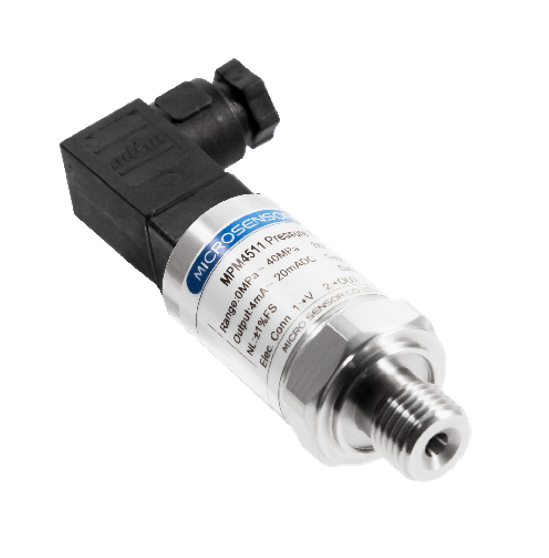 |
Submersibles
- Ranges: 1 to 500 metres
- Output 4-20mA/digital
- Accuracy ±0.1% to ±1% FS
- Dams, reservoirs, marine
|
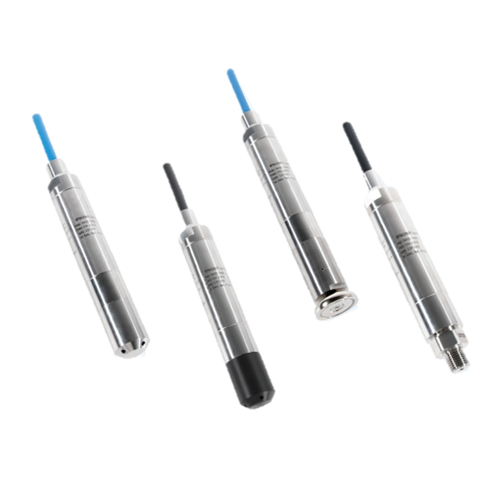 |
Main Applications...
- Hydraulic Systems Monitoring
- Water and Wastewater Treatment
- Pipeline Pressure Monitoring
- Geotechnical Monitoring
- Dams and Reservoirs
Force Sensors
Force sensors are essential components in civil and structural engineering, enabling the measurement and monitoring of applied forces in various applications. These sensors play a crucial role in load monitoring, providing real-time data on the forces acting on structural elements such as beams, columns, and foundations. They are valuable in bridge monitoring, tunnelling activities, and structural health monitoring, contributing to the overall safety and performance of civil engineering projects. Force sensors offer precision and versatility, making them vital tools for engineers in understanding and optimizing the response of structures to applied forces.
FORCE SENSORS
|
HCC
- Ranges: 0-25 to 0-1000 tonne
- Output 2 mV/V
- Accuracy 0.25% full scale
- Marine or ATEX approvals
|
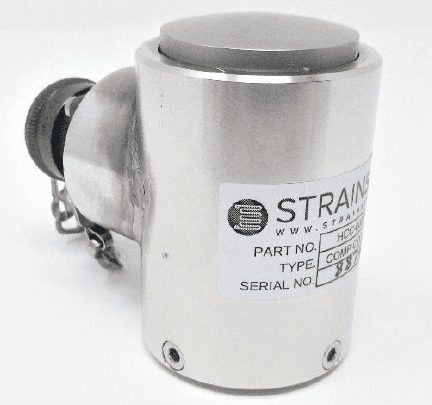 |
Annular
- Ranges: 0-10kN to 0-200kN
- Output 1 mV/V
- Accuracy 0.5% full scale
- Sealed IP66
|
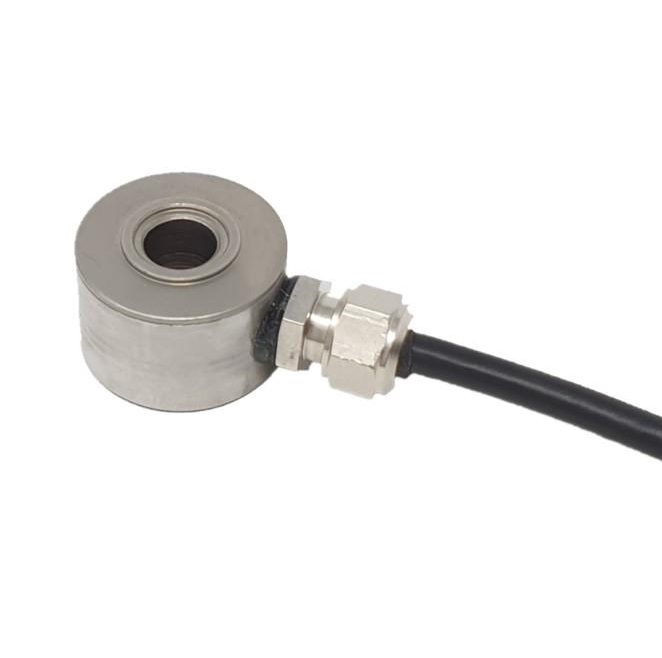 |
|
COMP
- Ranges: 0-100 to 0-2000N
- Output 1 mV/V or Amplified
- Accuracy <0.3% full scale
- Miniature Design
|
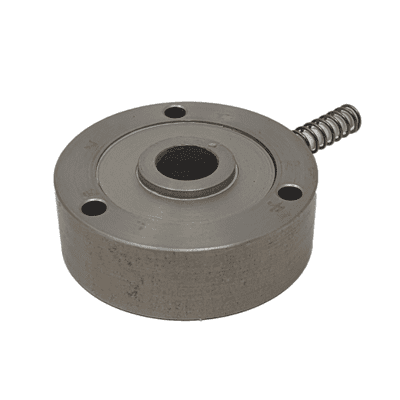 |
Load Pin
- Ranges: 0.1 to 1400 tonne
- Output voltage or current
- Accuracy 1% full scale
- ATEX certification available
|
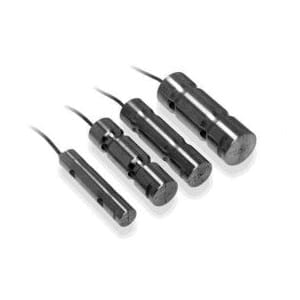 |
|
S CELL
- Ranges: 0-250KG to 0-20,000KG
- Output 2 mV/V
- Accuracy 0.03% full scale
- Sealed to IP68
|
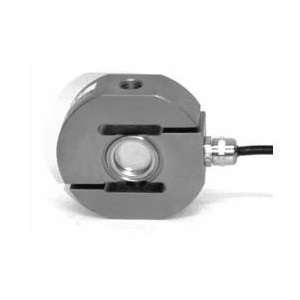 |
 |
 |
Main Applications...
- Load Cells in Structures
- Bridge Load Monitoring
- Tensile Testing
- Structural Health Monitoring (SHM)
- Bearing Load Monitoring
- Pile Load Testing
Strain Gauges
Strain gauges are indispensable tools in civil and structural engineering, facilitating the precise measurement of structural deformation and strain under various loads. These devices are key in structural health monitoring, providing real-time data on how structures respond to applied forces. Strain gauges are extensively used in load monitoring, helping engineers assess the strain on critical components such as beams and columns. In geotechnical applications, they assist in understanding soil-structure interactions by measuring strain in retaining walls and foundations. Moreover, strain gauges play a vital role in bridge and infrastructure projects, aiding in the evaluation of structural integrity. Their sensitivity and accuracy make strain gauges essential for ensuring the safety and optimal performance of civil engineering structures subjected to varying loads and conditions.
STRAIN GAUGES
|
HBW/HBWR
- Ranges: 0-250 mbar to 0-600 bar g, abs, compound
- Output 4-20mA or voltage
- Accuracy ±0.5% FS
- Very small compact size
|
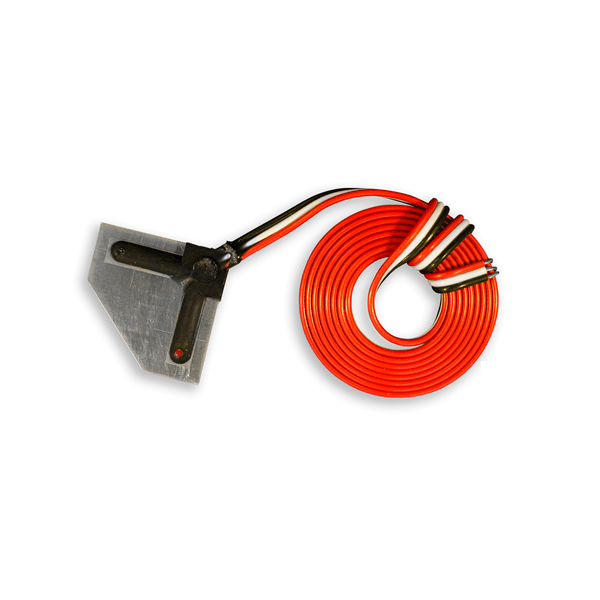 |
HBWAK Static Strain
- Ranges: -1 bar to 0-100 mbar to 1000 bar
- Output voltage or 4-20mA
- Accuracy ±0.25% to ±1% FS
- Customisation for OEM
|
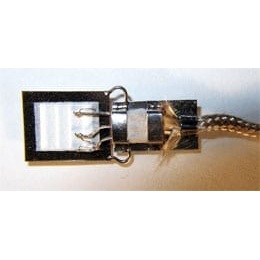 |
|
HBWF/HBWS
- Ranges: 0-16 to 1000 bar g
- Output voltage or 4-20mA
- Accuracy 0.5% FS
- Overpressure x5, no O’rings
|
 |
Â
|
 |
Main Applications...
- Load Cells in Structures
- Bridge Load Monitoring
- Tensile Testing
- Structural Health Monitoring (SHM)
- Bearing Load Monitoring
- Pile Load Testing
Additional Sensors
ACCELEROMETER FOR BULDING VIBRATION
|
VM40
This instrument contains all components for triaxial measurement and monitoring of vibrations. Main application is the measurement of structural vibration at buildings, bridges, towers, pipelines and other large structures. Such vibrations can be evaluated with regard to possible damages to the structure itself or to disturbance of persons inside buildings. The VM40 was designed for autonomous operation over longer time intervals, for example at construction sites.
|
![]() |
ACCELEROMETERS
|
GA50 Accelerometer
- Range ±5g, ±40g, ±70g
- Output: Differential voltage +/-2.4 VDC & temp
- Residual noise from 1.3μg/√Hz
- Non linearity: ±0.25%FS
- Operating temp: -50 to 85 Deg C
|
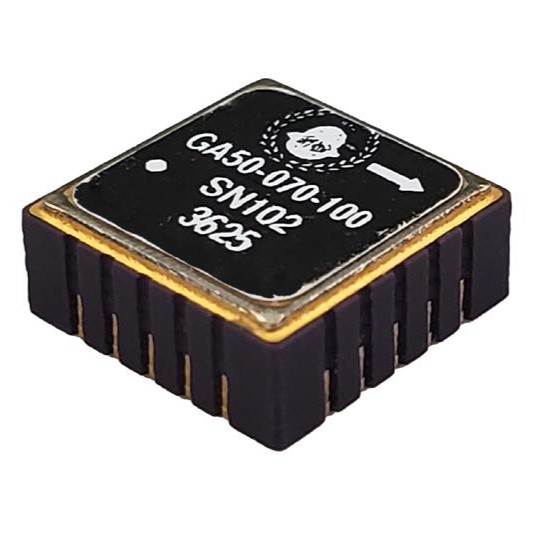 |
GA100-400 Closed Loop Accelerometer
- Range ±30g to ±60g
- Output: RS-485 digital
- Long term composite bias repeatability: 500 to 1250μg
- Residual noise (VRW): 15 to 20μg/√Hz
- Scale factor linearity: 400ppm
- Operating temp: -55 to 95 Deg C
|
 |
Examples of use
|
BRIDGES - SUSPENSION AND CABLE-STAY
|
BRIDGES - BEAM, VIADUCTS AND TRUSS
|
|
Accelerometers - Monitor cable vibrations.
Accelerometers - Measure deck fluctuation.
Inclinometers - Monitor pylon sway.
Inclinometers - Measure bank stability.
Force sensors - Measure cable tensions.
|
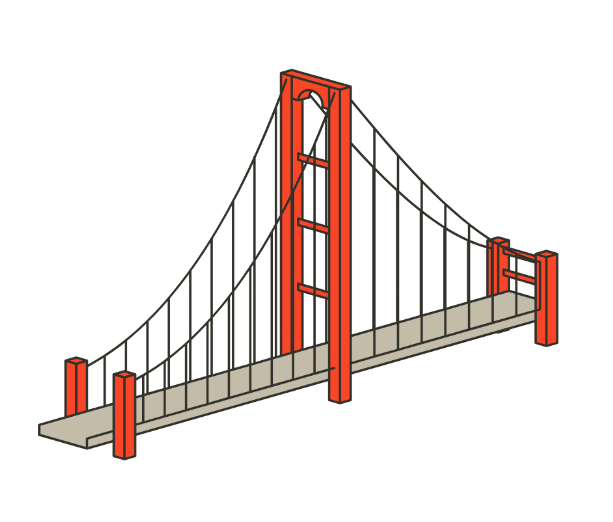 |
Accelerometers - Measure deck fluctuation.
Inclinometers - Monitor pylon sway.
Inclinometers - Measure bank stability.
Force sensors - Measure deck load.
Position sensors - Measure expansion gaps.
|
 |
|
BRIDGES - BASCULE AND MOVING BRIDGES
|
BUILDINGS - CONSTRUCTION SITES
|
|
Accelerometers - Using accelerometers to monitor motor and bearing condition can optimise maintenance schedules.
Inclinometers - To feed back the level of the platform enabling the control system to know when the bridge is fully raised.
Pressure sensors - Using pressure sensors to monitor the depth of water under the bridge can signal alarms if flooding is likely which can cause structural or mechanical damage.
|
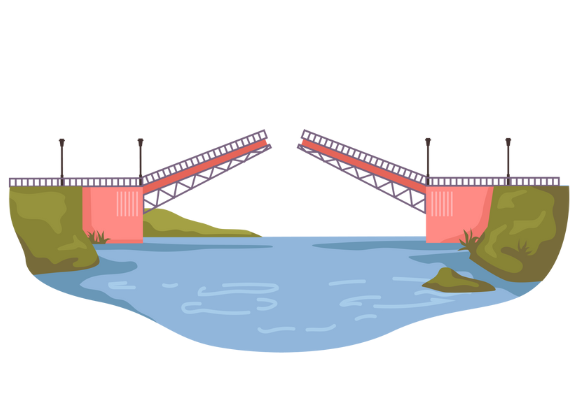 |
Accelerometers - Using accelerometers to determine the vibrations experienced by construction workers.
Display - Driver visual display of building vibration monitoring system alarm.
Inclinometers - Can measure banks and barriers for movement.
Vibration monitoring system - Can be installed in nearby buildings to monitor vibrations from activities such as pile driving.
|
 |
|
BUILDINGS - VIBRATIONS AND SEISMIC
|
WIND TURBINES
|
|
Accelerometers - DC coupled accelerometers can monitor internal and external vibrations.
Typical internal vibrations: Machinery, Pedestrian traffic/floor flex, Doors and lifts.
Typical external vibrations: Nearby traffic road/rail, Nearby construction sites, Wind forces on building, Seismic activity.
Linear potentiometers - Monitor cracks and expansion joints.
Inclinometers - Measure building sway particularly in tall buildings.
Vibration monitoring system - Installed in the building to monitor small vibrations and building movements.
|
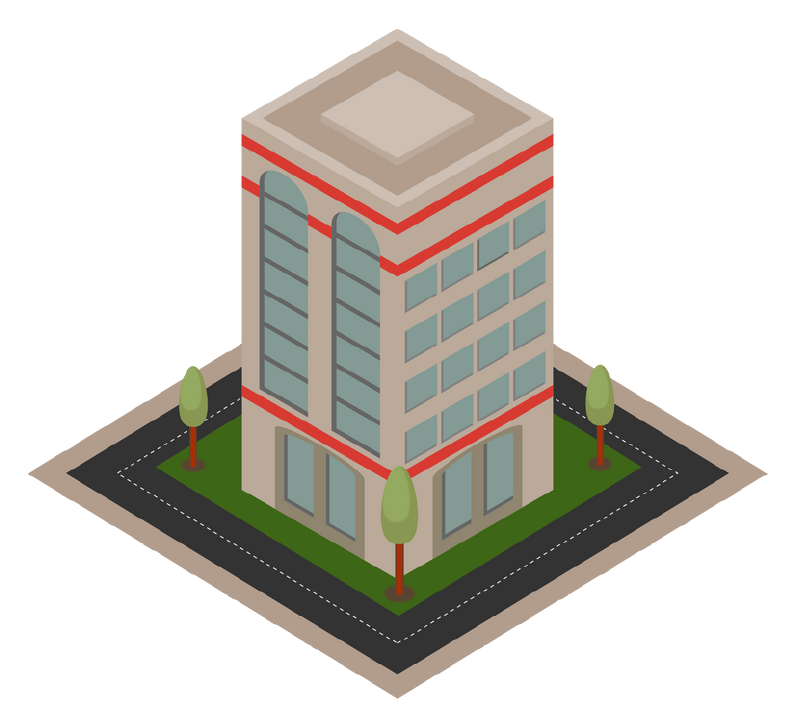 |
Inclinometers - Measure level and stability of monopiles and footings and to measure level and stability of the pylon.
Inclinometers - Measure the angle of the cables on anchored wind turbines.
Load cells - Monitoring tensions on cables for anchored floating wind turbines.
Current and power monitoring - Monitor the amount of electricity generated.
Accelerometers - Monitor bearings and gears in the generator.
|
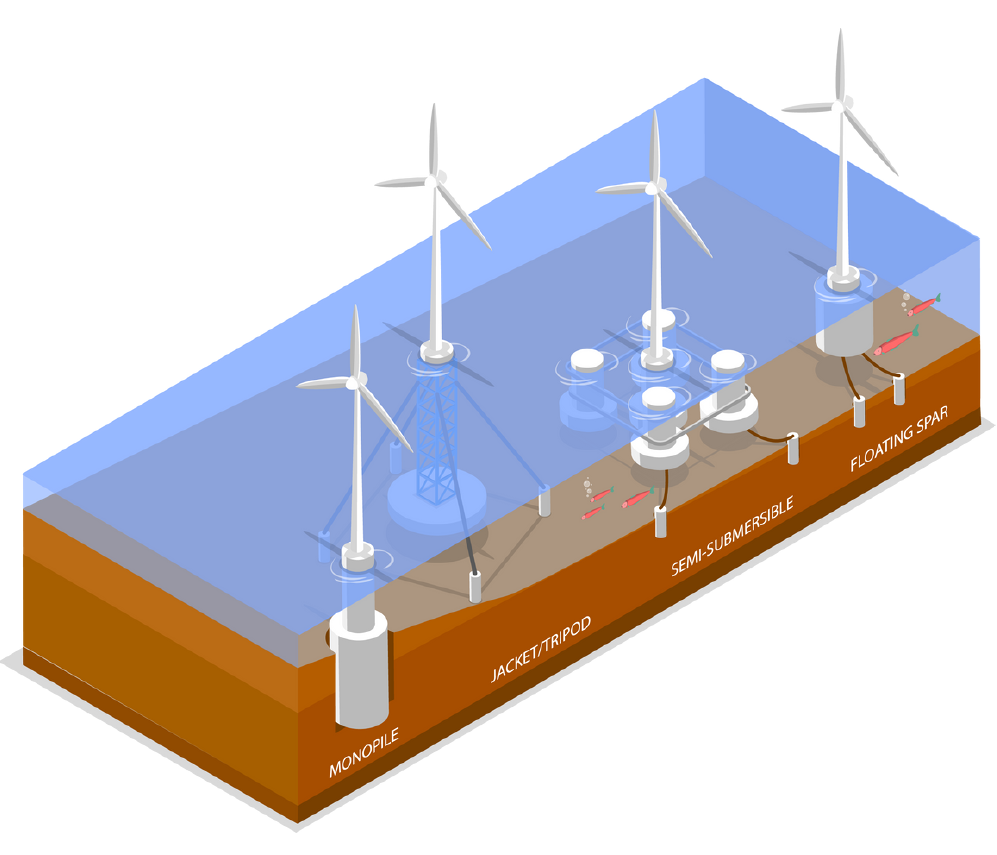 |
|
DAMS, RETAINING WALLS AND BANKS
|
RAIL STRUCTURES
|
|
Inclinometers - Measure angle of walls and embankments to monitor for any changes which could result in collapse.
Linear Potentiometers - Monitor cracks and expansion joints.
Accelerometers - Monitor ground movements.
Submersible Pressure Sensors - Monitor depth which affects pressure on the dam.
|
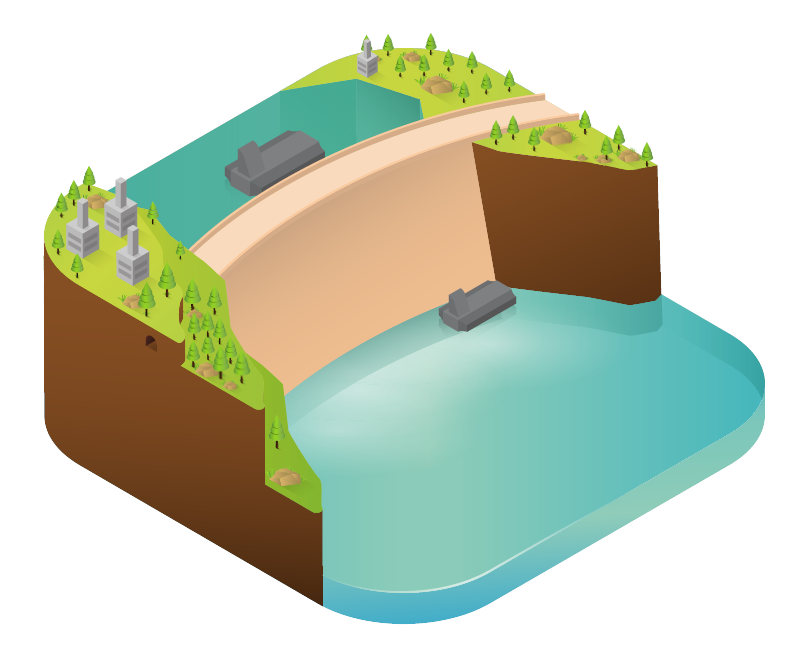 |
Inclinometers - Measure angle of walls and embankments to monitor for any changes which could result in collapse.
Accelerometers - Ground and embankment movement monitoring.
Accelerometers - Rail vibration and wear measurement.
Linear potentiometers - Monitoring rail to ballast movements.
Vibration monitoring system - Can be installed in nearby buildings to monitor effects of heavy rail traffic.
|
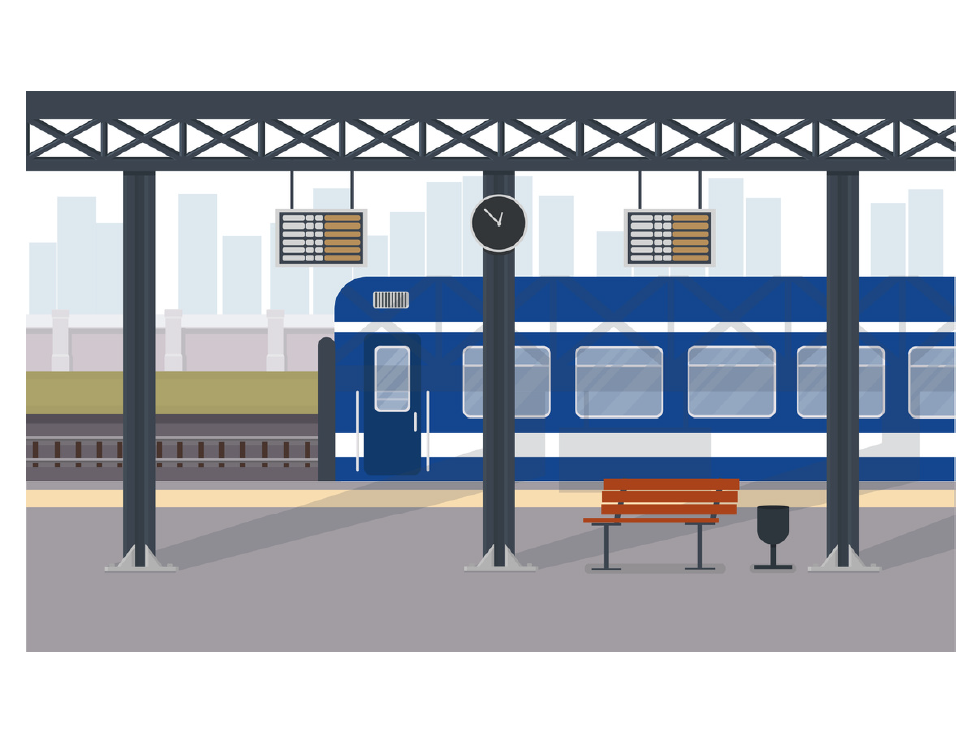 |
Contact our sales engineers to talk more about your application needs here.
To download this as a PDF please download here.
Horizontal Industrial Pump
Horizontal Industrial Pump Introduction
Horizontal industrial pumps play a crucial role in various industrial applications. These pumps are designed to handle different types of fluids and meet the specific needs of different industries.
Horizontal Pumps
Horizontal pumps are a common type of industrial pump. They are characterized by a horizontal orientation, which makes them suitable for installations where space is limited or where a specific layout is required. These pumps can handle a wide range of fluids, including water, chemicals, and oils.
Horizontal Multistage Pumps
Horizontal multistage pumps are designed to provide high pressure and flow rates. They consist of multiple stages, each stage adding to the pressure generated by the pump. These pumps are often used in applications where a high level of performance is required, such as in water supply systems, industrial processes, and HVAC systems.
Horizontal Slurry Pumps
Horizontal slurry pumps are specifically designed to handle abrasive and corrosive slurries. They are built with materials that can withstand the harsh conditions of slurry handling, such as hard metals and elastomers. These pumps are commonly used in mining, dredging, and other industries where slurries need to be transported.
Horizontal Split Case Pumps
Horizontal split case pumps are known for their durability and ease of maintenance. The pump casing is split horizontally, allowing for easy access to the internal components for inspection and repair. These pumps are suitable for handling large volumes of fluids and are often used in industrial processes, water treatment plants, and power stations.
Horizontal Sewage Pumps
Horizontal sewage pumps are designed to handle sewage and wastewater. They are equipped with features such as impellers that can handle solids and debris, and seals that prevent leakage. These pumps are essential for maintaining proper sanitation and waste management in urban and industrial areas.
In conclusion, horizontal industrial pumps offer a wide range of options to meet the diverse needs of different industries. Whether it's for water supply, slurry handling, sewage treatment, or other applications, these pumps provide reliable and efficient performance.
Above are some of our industrial pumps, if you are interested, you can click on our independent station to learn more!
Horizontal Pump,Horizontal Multistage Pump,Horizontal Slurry Pump,Horizontal Split Case Pumps,Horizontal Sewage Pump
Zigong Yibaijie , https://www.oz-yibaijie.com




























